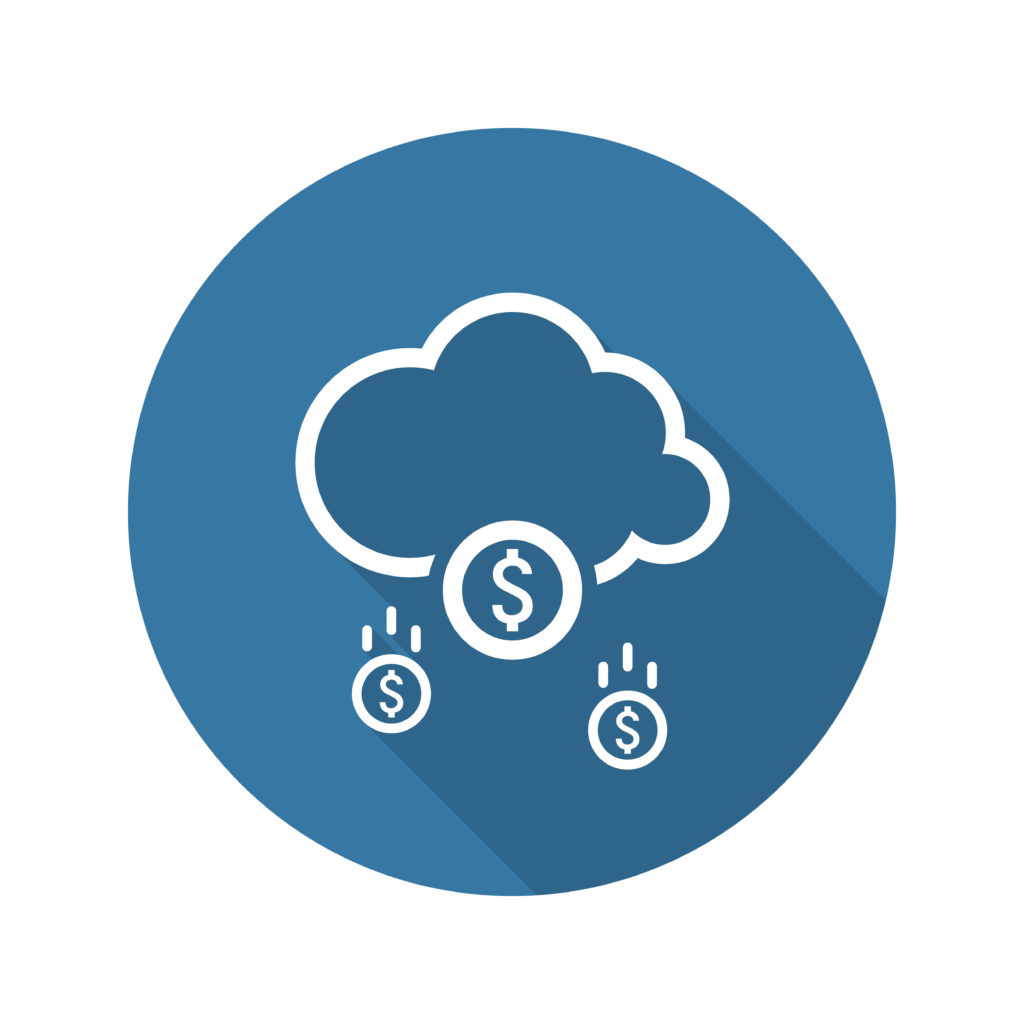Efficiency and Effectiveness Assessment: Could You Benefit?
Leave a Comment
When your annual budget is heavily reliant on grants or federal, state, or local funding, your financial resources are limited. Trying to allocate them in a way that drives down expenses and maintains (or even improves) services can feel impossible.
Does this sound familiar to you? Is it time to think about new ways to save? Core Catalysts might be able to help you, leveraging our proprietary efficiency and effectiveness assessment methodology.
We work with clients to review their existing and past budgets, evaluate current operations, and develop recommendations in a streamlined and targeted manner.
Working together, we seek to propose recommendations that are practical, quick to implement, and around which consensus can be built. We provide detailed roadmaps for any key recommendations, including:
- Estimates of the financial and personnel resources required to achieve these savings
- Likely timeframes to implement recommendations and accrue the projected benefits
- Detailed information on critical action steps, considerations, and relevant assumptions
- Suggestions on the deployment strategies, communication management, and other aspects necessary for successful implementation
Using proven processes and approaches, our experienced teams collaborate cross-functionally with client subject matter experts to identify achievable opportunities for both revenue growth and expense reduction. These savings typically amount to between ten and twenty percent of total projected expenditures during a five-year period (i.e., if your planned expenditure over the next five years is $500 million, we typically identify potential efficiency and effectiveness savings worth between $50 and $100 million), with at least a ten times return on investment for our clients versus the cost of the assessment.
Below is a sanitized real-life summary of the results of a recent engagement, for a client in the transportation industry:
| Functional Area | Recommendations |
| Operations | Successful implementation of improved recruitment and retention processes in key operational positions offers significant bottom-line benefits
Improvements in staff scheduling and labor optimization offer cost savings with zero impact on front-line services Leverage of predictive maintenance techniques offer opportunities to improve operational KPI’s (such as vehicle up-time and cost-per-mile to operate) |
| Procurement | Review of procurement processes, current vendor agreements, expenditures, and other relevant measures suggest modest potential savings opportunities
Additional savings opportunities, via implementation of shared services and collaborative procurement arrangements, offer large and worthwhile benefits |
| Finance | Alternative approaches to employee benefits, such as an on-site primary care clinic, offer potential efficiency and effectiveness savings while also delivering a superior employee experience |
| Technology | Significant opportunities to leverage technology to digitize systems and processes and improve automation, to deliver both top-line and bottom-line benefits
Large opportunities to improve efficiency and effectiveness through expansion and improved use of the existing technology systems and architecture |
| Real Estate, Facilities, and Other Assets | Under-utilized land, buildings, equipment, rights of way, and facilities offer significant monetization and savings opportunities
Multiple savings opportunities available from improved energy efficiency, any of which could be funded 100% by outside sources |
| Revenue Enhancement | Multiple opportunities to increase revenue from existing operations
Several potential new revenue sources also identified |
To be clear, our approach is not about unrealistically reducing the budgets allocated to core service, or about reducing operational standards through cutting corners. What we do is help our clients look outwards for sensible benchmarks and viable solutions to the individual challenges and unique situations they face.
If you are interested in finding out more about our efficiency and effectiveness assessment methodology, which is part of our Growth Services offering, then please give us a call!
–Core Catalysts Team



